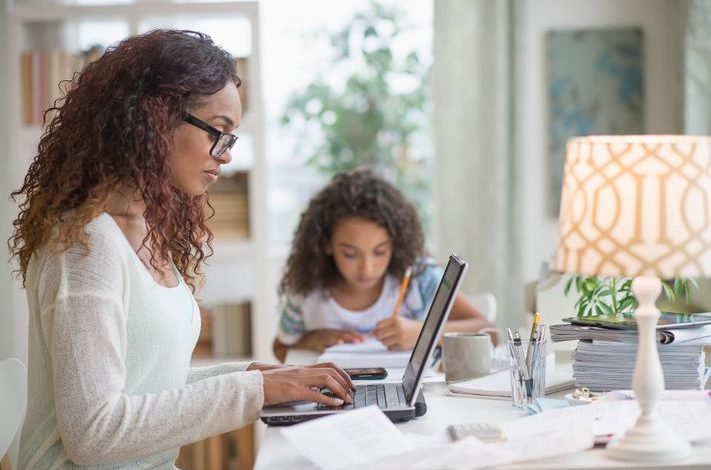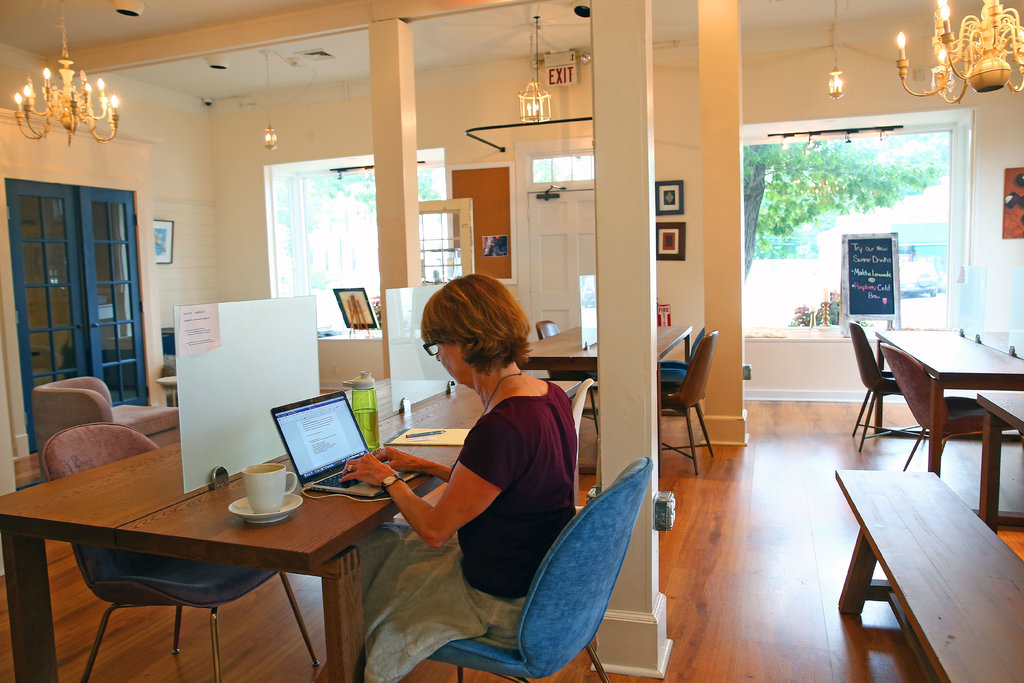Designing Domestic Properties for a Work from Home Population

The pandemic has made us all change the way we think about our lives. For the last few months, most of us have been sat at home, unable to go out to see friends or family, unable to go into work (in most cases), or to go out and enjoy leisure activities. Life changed considerably, and with it our perception of how our world can and should function. One area that has changed massively is how we think about the way in which we work. For many people there has been a need to work from home, and if this is something that will be a likely in the future for a lot of people (either permanently or in the form of flexible working) it could change the way in which architects and designers think about the design and structure of domestic properties.
Historically, domestic properties have been designed with function, comfort and leisure in mind. It is a place that you return to after work and spend time recharging your batteries and resting, whether you live alone, with family or friends. With the social distancing measures that Covid-19 has meant for us, the dynamic of households has changed dramatically, with the need for space in the home to be used to make income. Whether you have been working at home part-time or full-time, this has meant that many people have had to utilise leisure space to work from, and this is problematic if performed over a long period of time, blurring the lines between work and relaxation.
Will this mean that over the coming years we see a much different approach to the design of domestic buildings with a view to a larger proportion of the population working from home? As spaces blend together into multi-functional use, we have to be careful that people still have access to the calm space where they can rest and switch off from the outside world. If you spend all day sat working from your laptop on the dining room table or on the sofa, it’s not that easy to then switch off at the end of the day and relax in the same space. Alternatively, it might be too difficult to switch on to work in the first place.

The lack of space in many domestic properties means that there isn’t a straightforward solution, a dedicated space that can be primarily used for work. This is where we might see more properties designed with spaces that can be used for a home-working station if desired, or for other purposes if the residents don’t work from home.
It will be interesting to see whether we see a dramatic shift in how domestic and commercial properties are designed from the outset, as well as the types of refurbishing and modifications that are made to existing properties in the wake of the pandemic. It is possible that we may face lockdowns in future when faced with the spread of infection and next time we need to be better prepared to function properly from day one, which definitely has not been the case over the last few months. With innovation from urban architects and designers, the future of home working and flexible working solutions is an exciting one.





